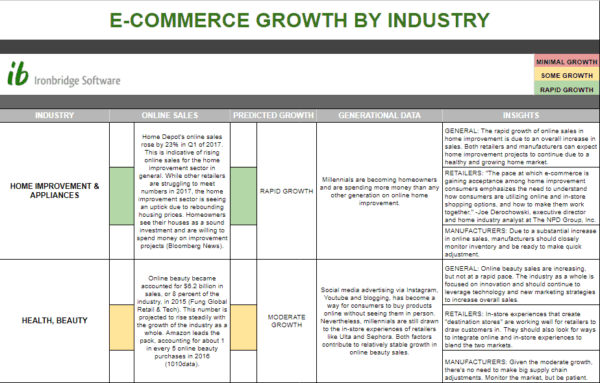According to an August 2017 article in Business Insider, grocery sales accounted for 26% of all Walmart’s US e-commerce sales in Q2 2017. This online grocery boom helped Walmart.com, Walmart Grocery and Sam’s Club achieve 73% growth year-over-year for Q2 2017.
But Walmart has some competition creeping into the online grocery industry. Amazon Fresh is gaining steam and expected to further expand the e-commerce side of Whole Foods following the purchase earlier this year. Target is giving the “click and collect” model another try with Target Drive Up. Plus, companies like Instacart are hedging into the online grocery space.
One way that Walmart is looking to differentiate itself is with home delivery services. In September 2017, Walmart began testing home delivery for customers with an August Home security system. The system is wifi enabled and comes with a security camera. Customers are alerted when the delivery person arrives and can watch them drop groceries in their home and fridge. While this service may sound radical, analysts agree that Walmart will need to do more to leverage technology if it wants to continue its edge over the likes of Amazon, Target and other grocers.
Still, there are skeptics who don’t see online grocery shopping as a viable market. In a webinar this past September, TABS Analytics CEO, Dr. Kurt Jetta, declared that online grocery is failing. In a follow-up blog post on Sept. 17, TABS wrote, “Online Grocery has been around just as long as those other categories, which are succeeding, while grocery is failing. A loyalty rate of 15% to the format, while the brick and mortar norm is 75%, is a recipe for inevitable demise.” The post went on to cite Peapod as an online grocery company that’s been operating for two decades and barely made up any market share in the industry.
Despite a slow moving market with small margins, the grocery delivery app Instacart has raised $400 million and was valued at $3.4 billion as of March 2017. In an interview with Forbes, Instacard CEO Apoorva Mehta said “Do you see customers will be going grocery shopping like they have been going for the last 80, last 100 years? I fundamentally think that should not be the case. Everything that we shop for is available right now online and it’s a much more efficient way of shopping than to one by one find individual items that may not be at the store.” But some would argue that a company like Peapod is a cautionary tale.
Only time will tell if online grocery shopping is a viable market. The industry has been slow to change and move in the direction of e-commerce. Perhaps with the emergence of startups like Instacart and heavy hitters like Amazon Fresh, the market will start to change.
What do you think the online grocery business has in store? Let us know your thoughts in the comments below.
Written by Kim Kelly Consulting

